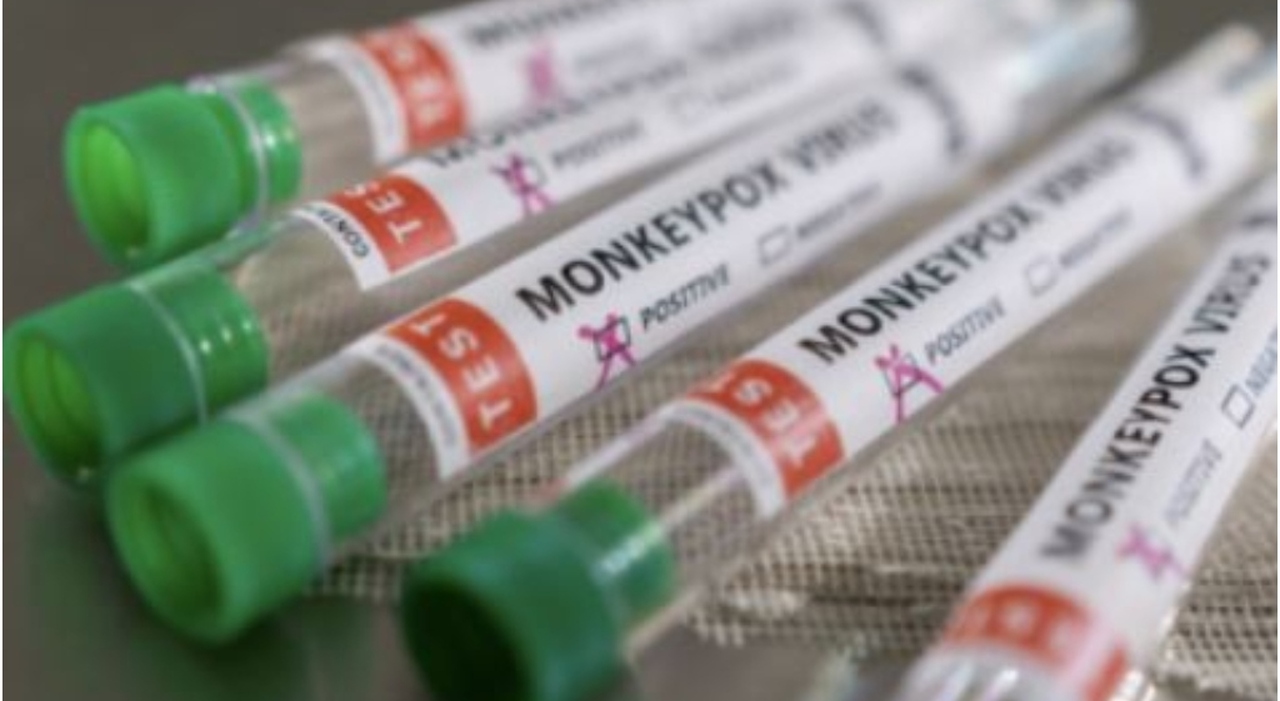What are the symptoms, how is it transmitted and how is it treated monkeypox? Questions that multiply now that the virus is spreading all over the world (over 200 cases) and concern is growing. Especially when it comes to travel. Although no travel restrictions have been introduced in Europe yet. But the WHO has indicated new restrictions are expected for the summer.
Monkey pox, symptoms
Monkeypox is a usually mild virus that causes fever it’s a’rash irregular. It is transmitted to humans mainly by wild animals, but human transmission is also possible. Human monkeypox was first identified in humans in 1970 in the Democratic Republic of the Congo. It is called monkeypox because it was first identified in monkey colonies bred for research in 1958.
According to the World Health Organization (WHO), symptoms of monkeypox typically include:
- fever
- intense headache
- muscle aches
- back pain
- low energy
- swollen lymph nodes
- rash or lesions
The rash tends to develop on the face before spreading to other parts of the body, including the soles of the feet and the palms of the hands. They can also be found on the mouth, genitals and eyes. Symptoms typically last two to four weeks, and most people recover from the disease without treatment. Infants, children, and people with immune deficiencies may be at risk for more severe symptoms and death from monkeypox.
Mortality rate
The mortality rate for monkeypox has historically been between 0 and 11% in the general population and has been highest among young children. In recent times, the mortality ratio has been around 3-6%.
How is monkeypox spread?
Monkeypox is transmitted to humans through close contact with an infected person or animal or with material contaminated with the virus. Monkeypox can spread from one person to another through close physical contact, including sexual contact. The rash, body fluids, and scabs are particularly infectious. Clothing, bedding, towels, or items such as eating utensils that have been contaminated with the virus from contact with an infected person can also infect others. Mouth ulcers, lesions, or sores can also be infectious, meaning the virus can spread through saliva. People who interact closely with an infected person, such as health care workers, family members and sexual partners, are therefore more at risk of infection. The virus can also spread from a pregnant person to their fetus or from an infected parent to a baby during or after birth through skin-to-skin contact. It is unclear whether infected people whose symptoms have not yet manifested can spread the disease.
JUST IN 🚨 Monkeypox spreads to Austria, Czech Republic, Sloveniahttps://t.co/0EWIPN7fCe
— Insider Paper (@TheInsiderPaper) May 24, 2022
How to cure
In most cases, the symptoms of monkeypox resolve on their own without the need for treatment. For those who have been infected, it is important to take care of the rash or sores by letting them dry if possible, or by covering them with a dressing to protect the area. Both infected and uninfected people should avoid touching the sores. Mouth rinses and eye drops can be used as long as you avoid products containing cortisone. In severe cases, vaccine immunoglobulin (VIG) may be recommended. An antiviral known as tecovirimat or TPOXX can also be used to treat monkeypox.
Last updated: Tuesday 24 May 2022, 22:31
© REPRODUCTION RESERVED –


